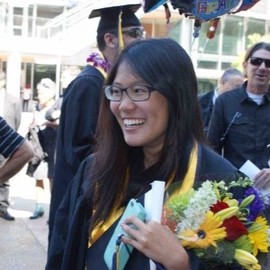Abstract
A next-generation, high-flux DD neutron generator has been designed, commissioned, and characterized, and is now operational in a new facility at the University of California Berkeley. The generator, originally designed for Ar/Ar dating of geological materials, has since served numerous additional applications, including medical isotope production studies, with others planned for the near future. In this work, we present an overview of the High Flux Neutron Generator (HFNG) which includes a variety of simulations, analytical models, and experimental validation of results. Extensive analysis was performed in order to characterize the neutron yield, flux, and energy distribution at specific locations where samples may be loaded for irradiation. A notable design feature of the HFNG is the possibility for sample irradiation internal to the cathode, just 8 mm away from the neutron production site, thus maximizing the neutron flux (n/cm/s). The generator’s maximum neutron flux at this irradiation position is 2.58 × 10 n/cm/s ± 5% (approximately 3 × 10 n/s total yield) as measured via activation of small natural indium foils. However, future development is aimed at achieving an order of magnitude increase in flux. Additionally, the deuterium ion beam optics were optimized by simulations for various extraction configurations in order to achieve a uniform neutron flux distribution and an acceptable heat load. Finally, experiments were performed in order to benchmark the modeling and characterization of the HFNG.
Publication
Nuclear Instrument and Methods in Physics Research A

My interests include data analytics, applied machine learning and sensor development.